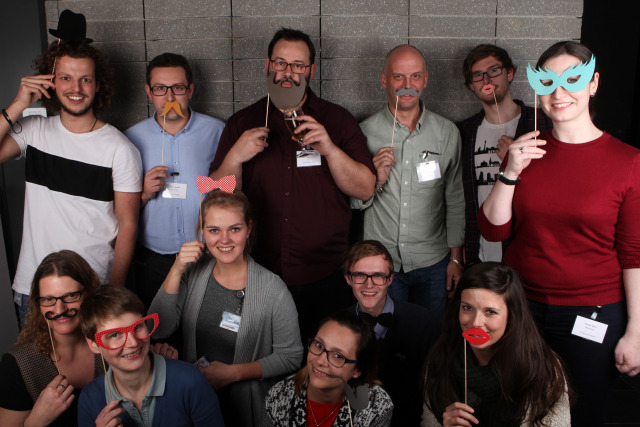Yes, diabetes is a genetic disease
 Sunday, March 27, 2016 at 10:18AM
Sunday, March 27, 2016 at 10:18AM The genetic basis for diabetes has been long established. It really is a shame that diabetes is so often called a "lifestyle disease". It isn't. 50% of the susceptibility to type 1 diabetes is genetic, and 70% of the susceptibility to type 2 diabetes is genetic.
Most of the remainder of the susceptibility is environmental. For example, certain types of dietary fat, such as palmitate, increase the fragility of beta cells. It is quite plausible that much of the increase in diabetes incidence in the past decades is due to changes in diet that make our beta cells more fragile. But even when we are talking about dietary factors, I think it is important to recognise that much of the effect is environmental rather than lifestyle. "Lifestyle" is easy to dismiss by blaming the patient for their own choices. Calling diabetes a lifestyle disease is one of the reasons that research and medical advances in diabetes are lagging behind, and the stigma contributes to the ill effects of diabetes (e.g., increased risk of depression, more antagonistic relationships between patients and clinicians). Recognising diet as an environmental factor takes away this stigma, is more accurate and allows us to tackle the problem using public health approaches. For example, some of the highest rates of diabetes are in the poorest neighbourhoods of America. In these areas, junk food is cheap and available everywhere, while good food is simply not practical - it is rare, expensive and takes more time to prepare than many poor families have. Likewise, the neighbourhoods may not provide the physical infrastructure that allows for a mobile lifestyle (parks for kids, urban design that promotes walking, etc). It is not a "lifestyle choice" to live in these diabetogenic environments, but it is a public policy choice to allow these environments to exist.
To really tackle the diabetes epidemic we need to recognise that the root cause is not in personal choices made by individuals. The root cause is in the social structure that we have created, in the urban design of cities, the changes in food culture, the demands placed on our time. We have made unhealthy lives the easiest to live. We can either ask individuals to make heroic efforts to overcome these obstacles to a healthy lifestyle, or we can use public policy to make our food environment and urban environment more healthy. Some of these policy changes would be immediate and easy (e.g., changing the tax structure to make good foods cheaper and junk food more expensive, or regulating the removal of the most toxic components of junk food). Other policy changes will take generations - even if we require urban planning to take into account healthy lifestyle promotion, the turnover in infrastructure is so slow that it will take a long time to occur. We certainly need major medical advances, which hopefully our study will aid, because the social changes needed will take decades to fully implement. But that is no reason not to start the public policy debate now, and even the small first steps will save the lives of millions (as well as saving billions from health care budgets).








